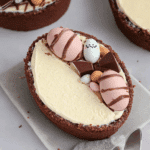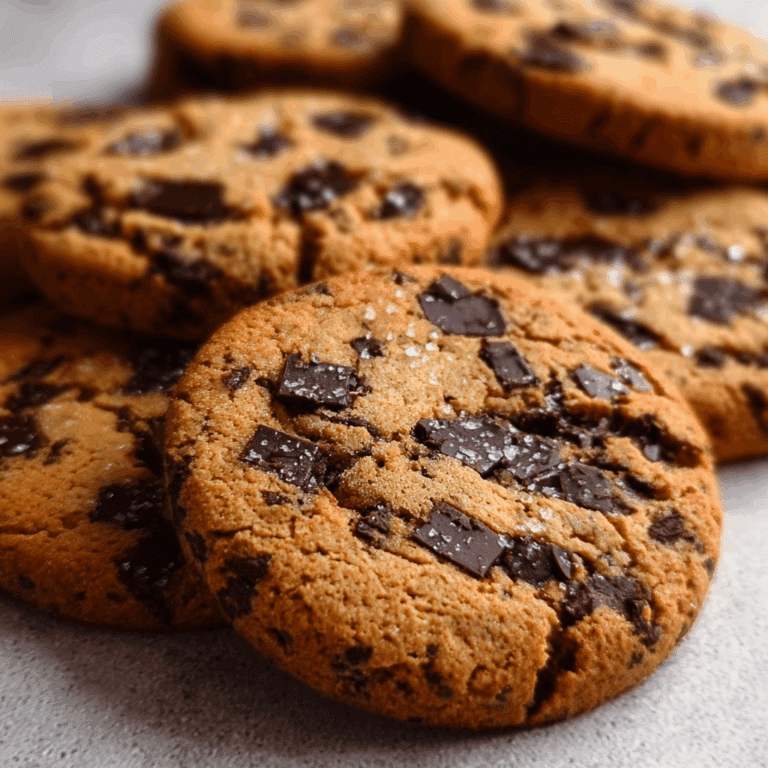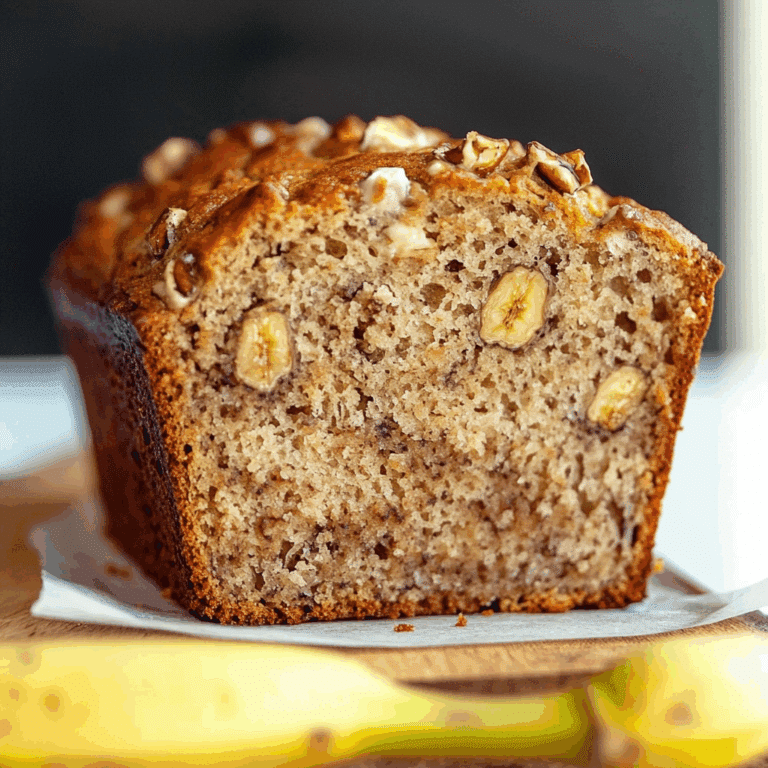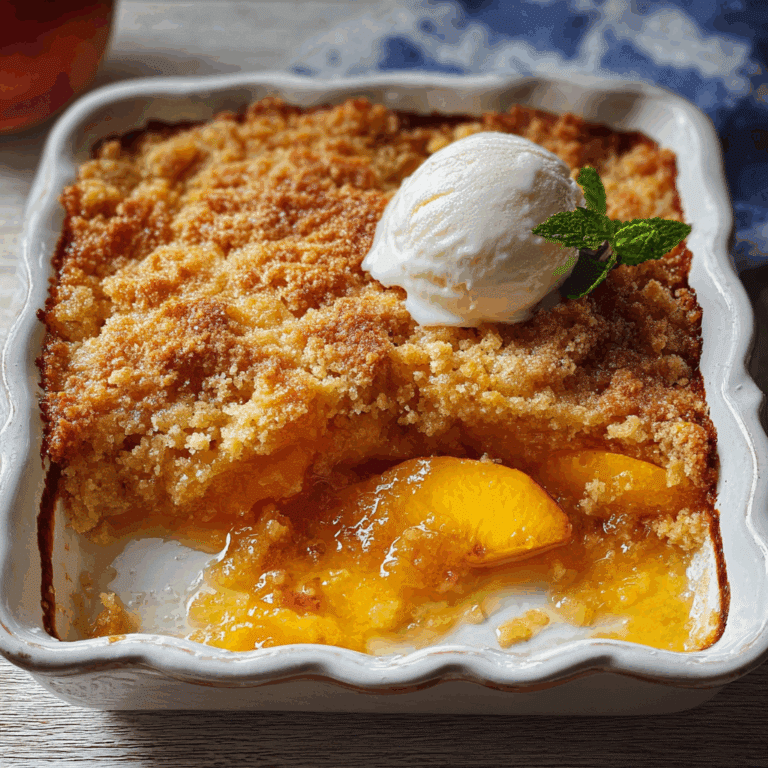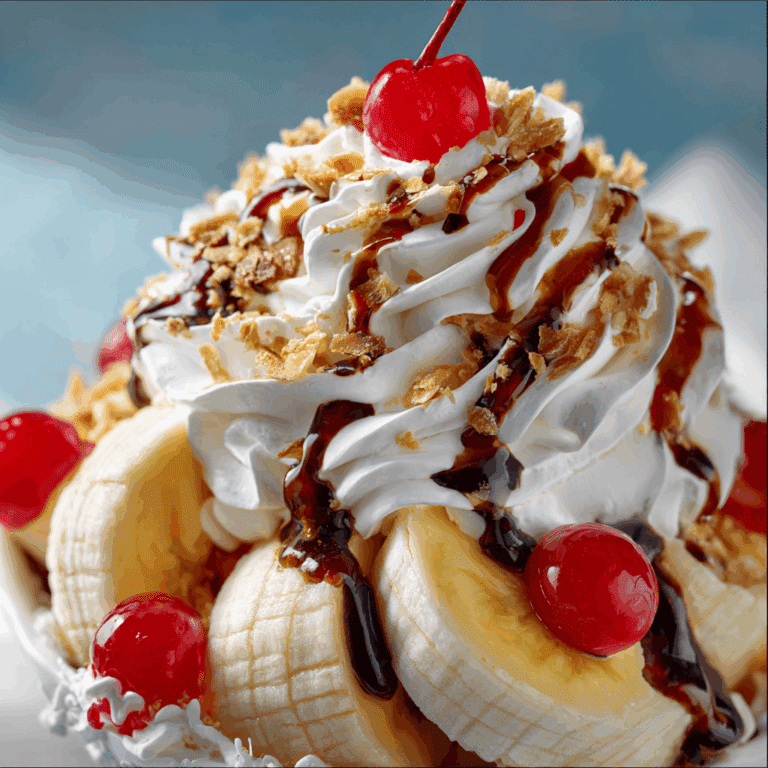How to Make Easter Egg Cheesecake Easily
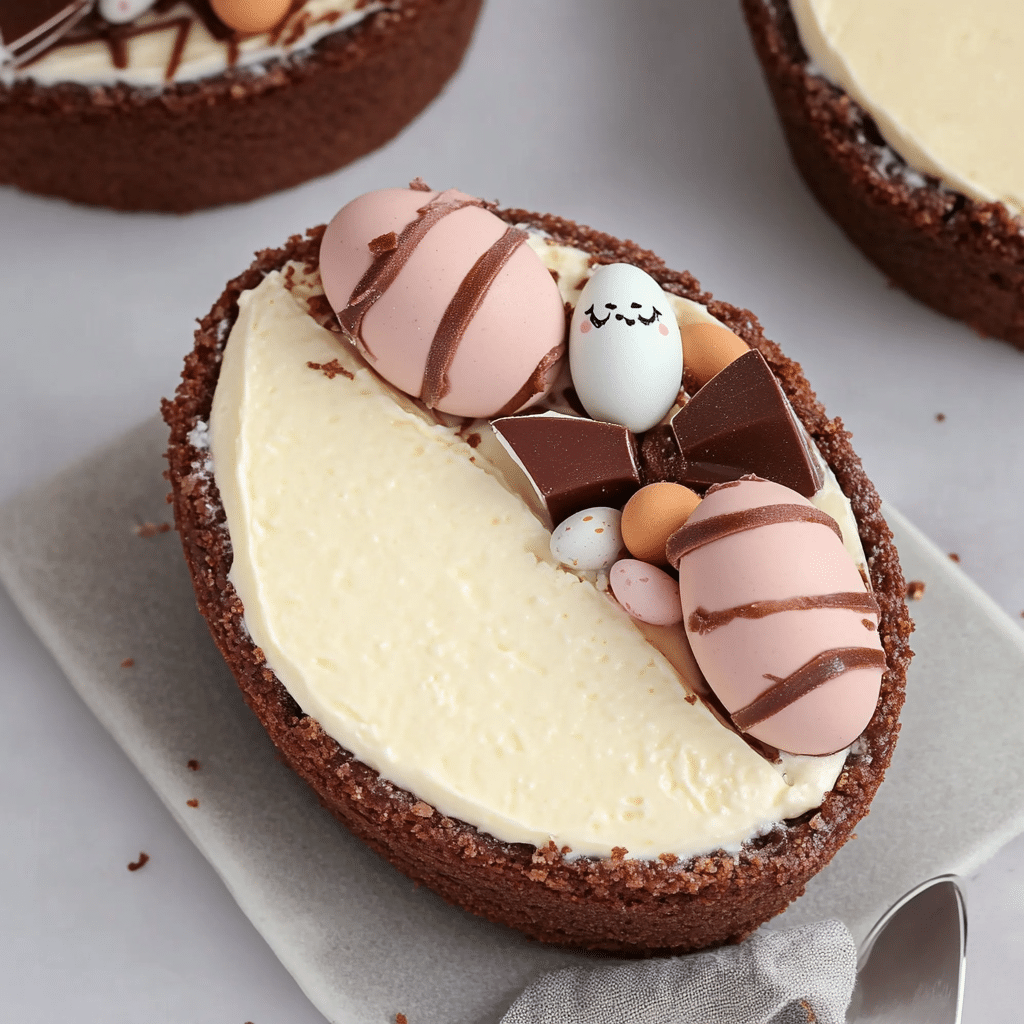
Discover the delight of Easter Egg Cheesecake, a festive and mouthwatering dessert that brings together creamy cheesecake goodness with colorful, chocolatey Easter eggs for a sweet celebration treat. This recipe is perfect for anyone looking to impress guests or enjoy a special dessert that’s as visually stunning as it is delicious.
Why You’ll Love This Recipe
- Simple Ingredients: Uses common pantry staples that combine effortlessly for a rich flavor.
- Festive Appeal: The colorful Easter eggs add a joyful, seasonal touch perfect for celebrations.
- Creamy Texture: Smooth and luscious cheesecake filling that melts in your mouth.
- Quick to Prepare: Easy to assemble with no complicated steps, even for beginners.
- Customizable: Adapt to dietary needs or flavor preferences without losing its charm.
Ingredients You’ll Need
Gather a handful of simple yet essential ingredients that create the perfect balance of sweetness, creaminess, and crunch. Each contributes to the overall texture and flavor, ensuring your Easter Egg Cheesecake is irresistibly tasty.
- Crust Ingredients: Digestive biscuits or graham crackers for a crunchy, golden base.
- Butter: Melted unsalted butter binds the crust and adds richness.
- Cream Cheese: The star of the cheesecake, providing smoothness and tang.
- Granulated Sugar: Sweetens the filling to the perfect level.
- Vanilla Extract: Adds warmth and depth to the cheesecake flavor.
- Eggs: Help the cheesecake set beautifully while keeping it creamy.
- Heavy Cream or Sour Cream: Enhances creaminess and tenderness in the filling.
- Easter Eggs: Chocolate or candy-coated eggs for topping and mixing in bits for bursts of color and sweetness.
Variations for Easter Egg Cheesecake
Feel free to get creative and personalize your Easter Egg Cheesecake with these easy variations that cater to different tastes and occasions. It’s a flexible recipe that welcomes experimentation.
- Chocolate Swirl: Add melted chocolate swirled into the batter for an extra decadent treat.
- Fruit Mix-Ins: Incorporate chopped strawberries or blueberries instead of or alongside Easter eggs for freshness.
- Gluten-Free Option: Use gluten-free cookies for the crust to keep it accessible for all diets.
- Vegan Version: Substitute cream cheese with vegan alternatives and use flax eggs instead of regular eggs.
- Nutty Crust: Mix finely chopped nuts into the crust for additional texture and flavor.

How to Make Easter Egg Cheesecake
Step 1: Prepare the Crust
Crush your digestive biscuits or graham crackers into fine crumbs, then mix with melted butter until evenly combined. Press this mixture firmly into the bottom of your cheesecake pan to form a sturdy crust that will hold all the creamy filling.
Step 2: Make the Filling
Beat the cream cheese until smooth and fluffy, then add granulated sugar and vanilla extract, mixing thoroughly. Incorporate the eggs one at a time, ensuring each is fully blended before adding the next, then gently fold in the heavy cream or sour cream for extra richness.
Step 3: Add Easter Egg Bits
Chop your colorful Easter eggs into small pieces and fold them gently into the cheesecake filling. This adds delightful bursts of sweetness and vibrant color throughout your dessert.
Step 4: Assemble and Bake
Pour the cheesecake filling over your prepared crust, spreading it evenly. Decorate the top with whole or halved Easter eggs for that extra festive look. Bake in a preheated oven until the edges are set but the center still jiggles slightly, usually around 50-60 minutes.
Step 5: Chill and Serve
Allow the cheesecake to cool to room temperature before chilling it in the refrigerator for at least 4 hours or overnight. This resting time helps the cheesecake firm up perfectly, making it easier to slice and enjoy.
Pro Tips for Making Easter Egg Cheesecake
- Room Temperature Ingredients: Ensure cream cheese and eggs are at room temperature for a silky batter without lumps.
- Crush Easter Eggs Carefully: Chop candy eggs gently to avoid melting and preserve their texture in the cheesecake.
- Don’t Overbake: Remove the cheesecake when the center still has a slight wobble to avoid dryness.
- Water Bath: Use a water bath while baking to prevent cracks by keeping temperature steady and moisture in the oven.
- Use a Springform Pan: Makes it easier to remove the cheesecake without damaging its delicate edges.
How to Serve Easter Egg Cheesecake
Garnishes
Top your Easter Egg Cheesecake with a handful of mini Easter eggs, a drizzle of chocolate sauce, or a light dusting of powdered sugar for a finishing touch that will wow your guests.
Side Dishes
Serve slices with fresh berries, whipped cream, or a scoop of vanilla ice cream to complement the rich, creamy texture of the cheesecake and balance the sweetness.
Creative Ways to Present
Present the cheesecake on a beautiful platter surrounded by pastel-colored Easter decorations or nestle it inside a large candy egg shell for an extra-special display that captures the holiday spirit.
Make Ahead and Storage
Storing Leftovers
Keep any leftover Easter Egg Cheesecake covered tightly in the refrigerator, where it will stay fresh for up to 4 days, maintaining both texture and flavor.
Freezing
Wrap the cheesecake tightly with plastic wrap and aluminum foil before freezing. It can be frozen for up to 2 months; thaw overnight in the fridge before serving to preserve its creamy consistency.
Reheating
Since cheesecake is best enjoyed chilled, avoid reheating. If room temperature is preferred, let the slice sit out for 15-20 minutes before enjoying to soften the texture gently.
FAQs
Can I use store-bought Easter eggs for the cheesecake?
Yes, store-bought chocolate or candy-coated Easter eggs work perfectly for mixing into the filling or decorating the top, adding sweetness and color to your dessert.
What’s the best type of cream cheese to use?
Full-fat cream cheese gives the richest, creamiest texture, but you can use reduced-fat versions if preferred, though it might slightly affect the final creaminess.
How do I prevent cracks in my cheesecake?
Using a water bath, baking at a lower temperature, and avoiding overmixing the batter help prevent cracks, ensuring a smooth, beautiful surface.
Can I make this cheesecake gluten free?
Absolutely! Swap standard crackers or biscuits with gluten-free alternatives to make the crust safe for gluten-sensitive guests without sacrificing flavor.
How long does it take to prepare and bake this Easter Egg Cheesecake?
Preparation takes about 20 minutes, while baking usually requires 50-60 minutes, plus chilling time of at least 4 hours to set properly before serving.
Final Thoughts
If you’re searching for a show-stopping, delicious dessert that brings festive charm and comfort all in one, this Easter Egg Cheesecake is the perfect choice. Easy to make, light-hearted in presentation, and delightfully creamy, it’s bound to become a favorite for your holiday and beyond. Give it a try and watch all your celebrations become sweeter instantly!
Related Posts
- How to Make Easter Crack Candy Fast
- How to Make Perfect Candied Lemon Peel
- How to Make Thai Tea Mochi Crinkle Cookies Easily
Easter Egg Cheesecake
Easter Egg Cheesecake is a festive and creamy dessert combining a crunchy biscuit crust with a smooth, rich cheesecake filling studded and topped with colorful chocolate Easter eggs. Perfect for holiday celebrations, this easy-to-make cheesecake delights with its vibrant appearance and luscious texture, offering a customizable treat suitable for various dietary preferences.
- Prep Time: 20 minutes
- Cook Time: 50-60 minutes
- Total Time: 4 hours 40 minutes (including chilling)
- Yield: 8-10 servings 1x
- Category: Dessert
- Method: Baking
- Cuisine: American
- Diet: Gluten Free (with gluten-free crust option)
Ingredients
Crust Ingredients
- 200g digestive biscuits or graham crackers, crushed
- 100g unsalted butter, melted
Filling Ingredients
- 450g cream cheese, softened (full-fat preferred)
- 150g granulated sugar
- 1 tsp vanilla extract
- 3 large eggs, at room temperature
- 120ml heavy cream or sour cream
- 100g chocolate or candy-coated Easter eggs, chopped
Optional Toppings
- Mini Easter eggs for decoration
- Chocolate sauce (for drizzling)
- Powdered sugar (for dusting)
Instructions
- Prepare the Crust: Crush digestive biscuits or graham crackers into fine crumbs. Mix thoroughly with melted unsalted butter until evenly combined. Press the mixture firmly into the bottom of a cheesecake pan to form a sturdy, even crust.
- Make the Filling: Beat the cream cheese until smooth and fluffy. Add granulated sugar and vanilla extract, and mix well. Incorporate the eggs one at a time, fully blending each before adding the next. Gently fold in the heavy cream or sour cream to enrich the filling.
- Add Easter Egg Bits: Chop the colorful Easter eggs into small pieces and fold them gently into the cheesecake batter, distributing bursts of sweetness and color evenly.
- Assemble and Bake: Pour the cheesecake filling evenly over the prepared crust. Decorate the top with whole or halved Easter eggs for a festive look. Bake in a preheated oven at 160°C (320°F) for 50-60 minutes until the edges are set but the center still slightly jiggles.
- Chill and Serve: Let the cheesecake cool to room temperature, then refrigerate for at least 4 hours or overnight to allow it to set properly. Slice and serve chilled for best texture and flavor.
Notes
- Use room temperature cream cheese and eggs for a smooth, lump-free batter.
- Chop Easter eggs gently to avoid melting and keep texture intact.
- Remove cheesecake from oven when the center has a slight wobble to prevent overbaking and dryness.
- Consider baking the cheesecake in a water bath to prevent cracks and maintain moisture.
- Use a springform pan to easily release the cheesecake without damage.
Nutrition
- Serving Size: 1 slice (1/10 of cheesecake)
- Calories: 380
- Sugar: 25g
- Sodium: 150mg
- Fat: 28g
- Saturated Fat: 17g
- Unsaturated Fat: 8g
- Trans Fat: 0.5g
- Carbohydrates: 24g
- Fiber: 1g
- Protein: 6g
- Cholesterol: 110mg
Keywords: Easter, Cheesecake, Dessert, Holiday, Easter Eggs, Creamy, Festive, Gluten Free option
